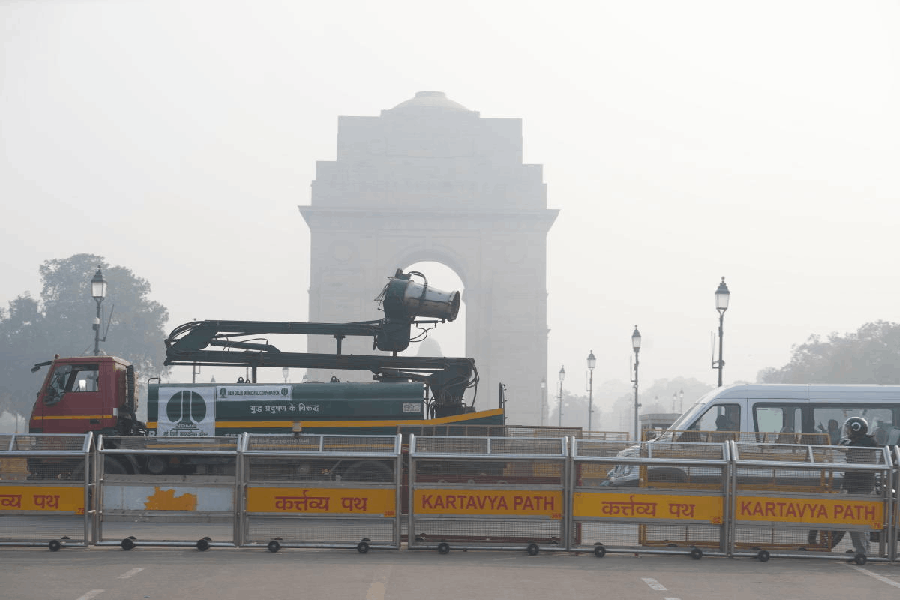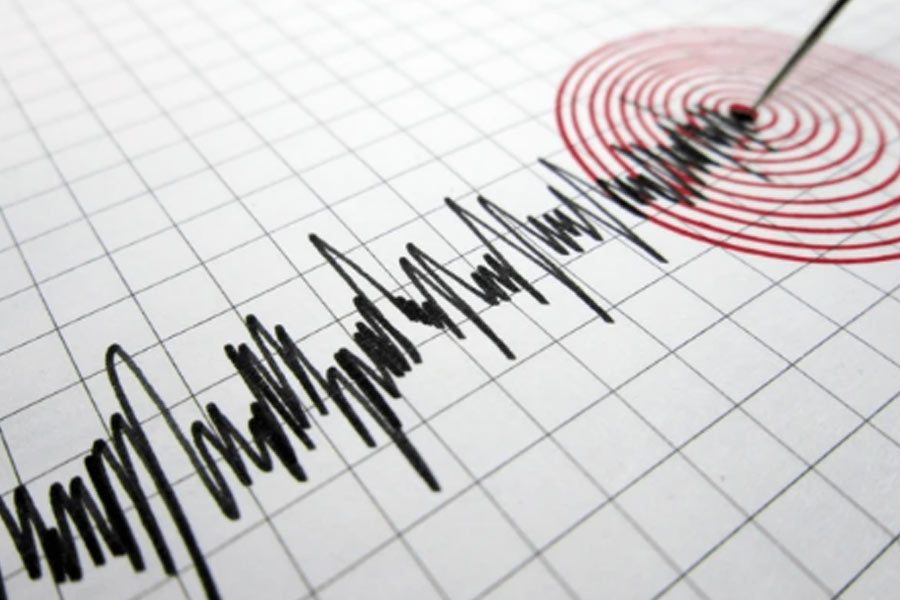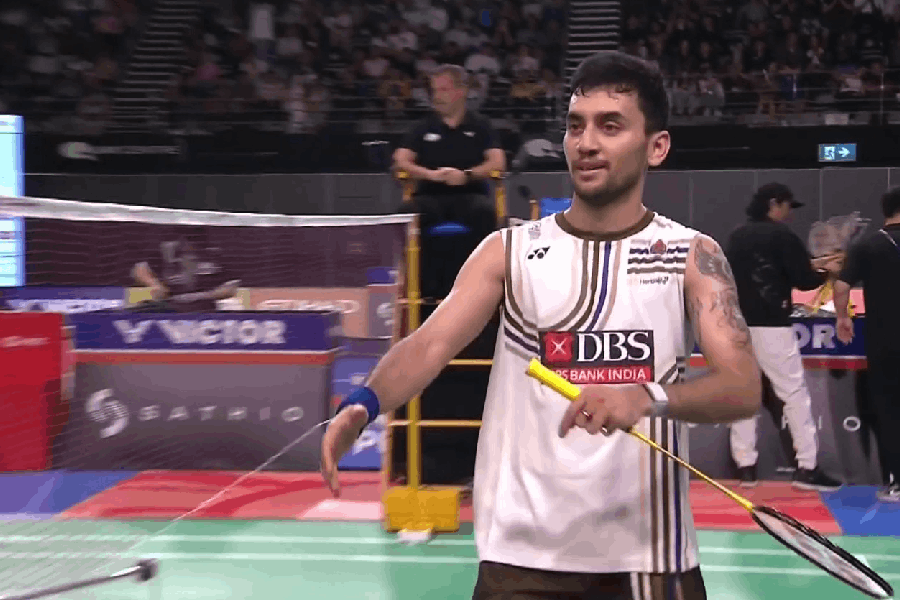At a time when “AI slop” feels inescapable, Google has introduced Nano Banana Pro, the company’s latest image generation model, mere days after the launch of Gemini 3.
It can literally make a night-and-day difference to images, furthermore, text rendering, which has previously been plagued by misspellings, has seen significant improvement.
The model promises “enhanced world knowledge” and claims to be “more helpful” than the previous version. However, it further blurs the line between real and fake images, particularly as more users casually thumb through news feeds on social media.
The Telegraph tested this updated version of the popular image generation and editing tool, which originally went viral for turning selfies into hyper-realistic 3D figurines. A daytime file picture of the Esplanade Mansions, located opposite the southeast gate of Raj Bhavan, was processed through the model with the prompt: “Change the lighting from day to night. Adjust the camera angle to recreate the shot as if it were taken from a higher angle.”
As the output was an aerial shot, the AI-generated image introduced elements, such as an extended road and additional vehicles, that were not present in the original photograph.
Officially dubbed Gemini 3 Pro Image, the model is designed to give professionals greater control over image aspects, including scene lighting, depth of field, focus, and colour grading. Unlike Nano Banana’s resolution cap, the new model allows users to generate 2K or 4K images across a variety of aspect ratios.
Using the tool is straightforward: Users simply visit the Gemini app, select “create images”, and toggle on the “thinking” mode. Next, they provide a prompt (and an image, if applicable) and press enter. At the moment, the tool is available for free, though there are usage limits, with quotas expanding for Google AI Plus, Pro, and Ultra subscribers.
The tool has the potential to reduce small businesses’ reliance on stock photography. This newspaper attempted to create a logo for a burger chain, using it in various scenarios to generate marketing assets, including online promotional material.
There is also an option to create infographics and diagrams to visualise
real-time information, such as sports or weather. Crucially, text and numbers rarely appear garbled. It is even possible to create graphic novel-style pages based on online article links, a process that typically requires a graphic artist to work for several hours, if not days. The Telegraph made use of the tool to recreate the journey of a man who looks like Shammi Kapoor, appearing surprised on seeing central Calcutta.
Google states that images created or edited with the Nano Banana Pro model will feature embedded Coalition for Content Provenance and Authenticity (C2PA) metadata.
“Soon, we’ll expand
SynthID verification to
support additional formats beyond images, such as video and audio, and bring these capabilities to more surfaces, such as Search,” said Google. However, the reality remains that most people are unaware of such technical details while browsing the web.










